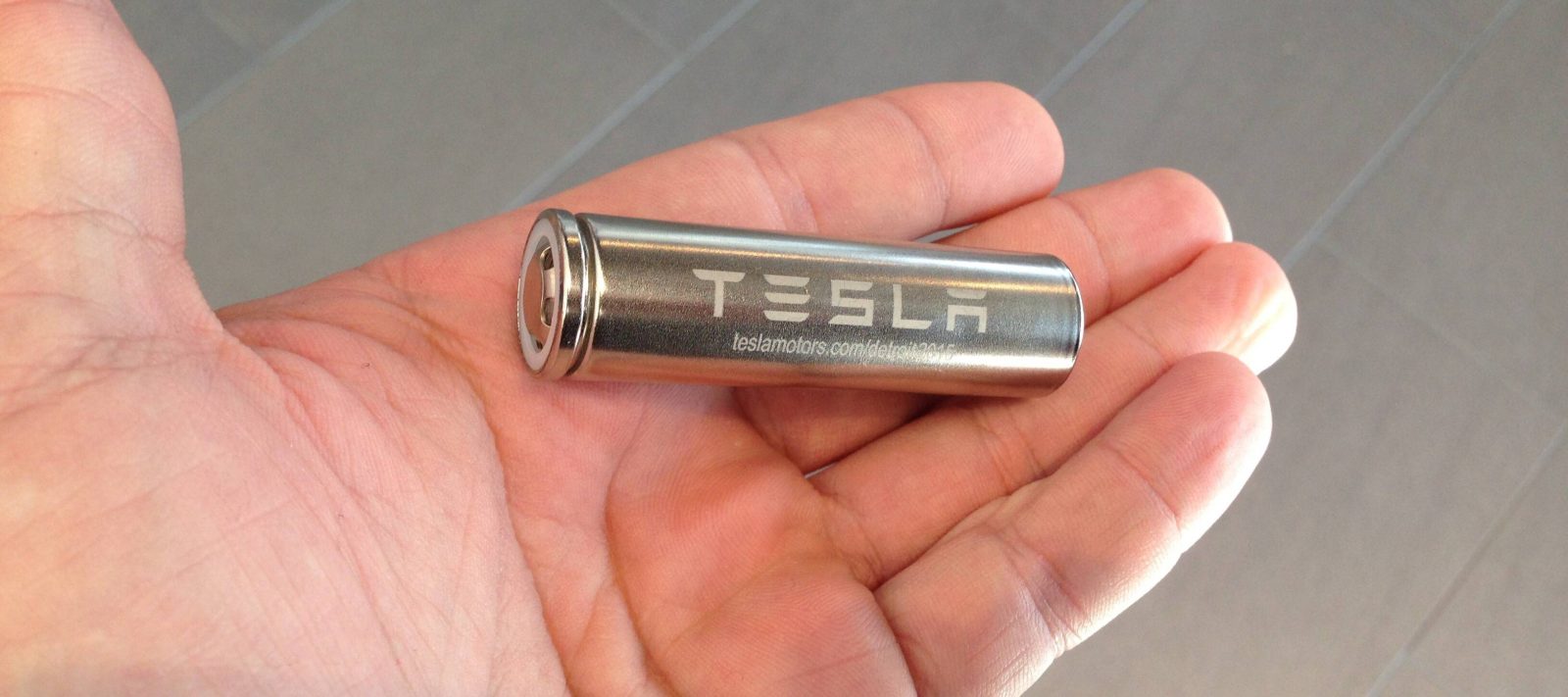Thanks for your opinion, Karen.
Inversion fallacy.
Energy loss occurs but it is also easy to calculate and account for.
You can't create energy by 'accounting' for losses.
This is some pretty basic electrical information.
Which apparently YOU don't understand, even in the slightest.
Less than 1% of the Sahara would need to have solar panels to produce enough electricity for Europe even with the energy loss during transportation.
Argument from randU fallacy. You are making shit up.
The problem isn't the energy loss.
Yes it is.
The problem is the infrastructure needed to transport that much energy.
No. The problem is the energy loss.
The costs to put in that infrastructure are pretty large and Karens will whine about the cost.
No. The problem is the energy loss.
Thanks, Karen. If people don't want electricity then I guess that is there problem.
Europe has all the resources it needs to produce their own electricity. They are sitting on a mountain of coal, for instance.
Oh.. wait.. everyone doesn't have a coal fire power plant in their backyard?
No need. Coal is readily available for the community power plant.
Instead the electricity is transported long distances over wires and energy is lost.
10 miles does not equal 1000 miles, dumbass.
Texas has freezing temperatures every winter.
Some parts do. Some parts don't.
The fact that they wanted to pretend they didn't is not the fault of renewable energy.
Wind turbines cannot operate in icing conditions. That is a fault of wind power generation.
Trying to blame the gas lines freezing on wind turbines was rather silly, don't you think?
No one did that. Hallucination. Gas lines can plug when they freeze, due to water vapor that inevitably gets inside the lines.
The funny thing about charging stations is there is no limit on how many can be installed as long as the electrical infrastructure is there.
Power is not unlimited, dude. Power transmission is not unlimited either. Space for charging stations is not unlimited either.
A few years ago there were none. A few years from now there could be a thousand.
There are currently some 43,000 public charging stations in operation. Source: US Dept of Energy.
NONE of them can charge an electric car from dead battery to full charge in less than 10-12 hours.
So you are saying she could drive the 160 miles over the 4 days and then charge on the fifth day during the day when she doesn't work. Sounds pretty simple and even a child could figure that one out.
Special pleading fallacy. Cars are used for than just commuting. Cross country travel in an electric car is impractical, due to the long time it takes to 'refuel' (recharge) the car. Refueling an ICE car only takes a few minutes.
Or are you trying to say she has a 40 mile commute one way with a daily commute of 80 miles? It seems I have to not read what you write but instead try to piece it together without using your words.
If her daily commute is 80 miles she still only is required to charge for about 4 hours total during the evenings per week since she can charge for 250 miles on Friday-Sunday. Drive 240 miles Monday- Wed. Charge for 80 miles Wednesday night.
I am curious where they live that 100% of their electricity comes from coal.
Special pleading fallacy. Coal is used to generate power in various places. It is the easiest source of energy to add as demand increases due to charging so many cars.
Unless they are connected to a small local utility, I highly doubt coal is the only source.
Coal is used to generate power. It is the easiest source of energy to add as demand increases due to charging so many cars.




